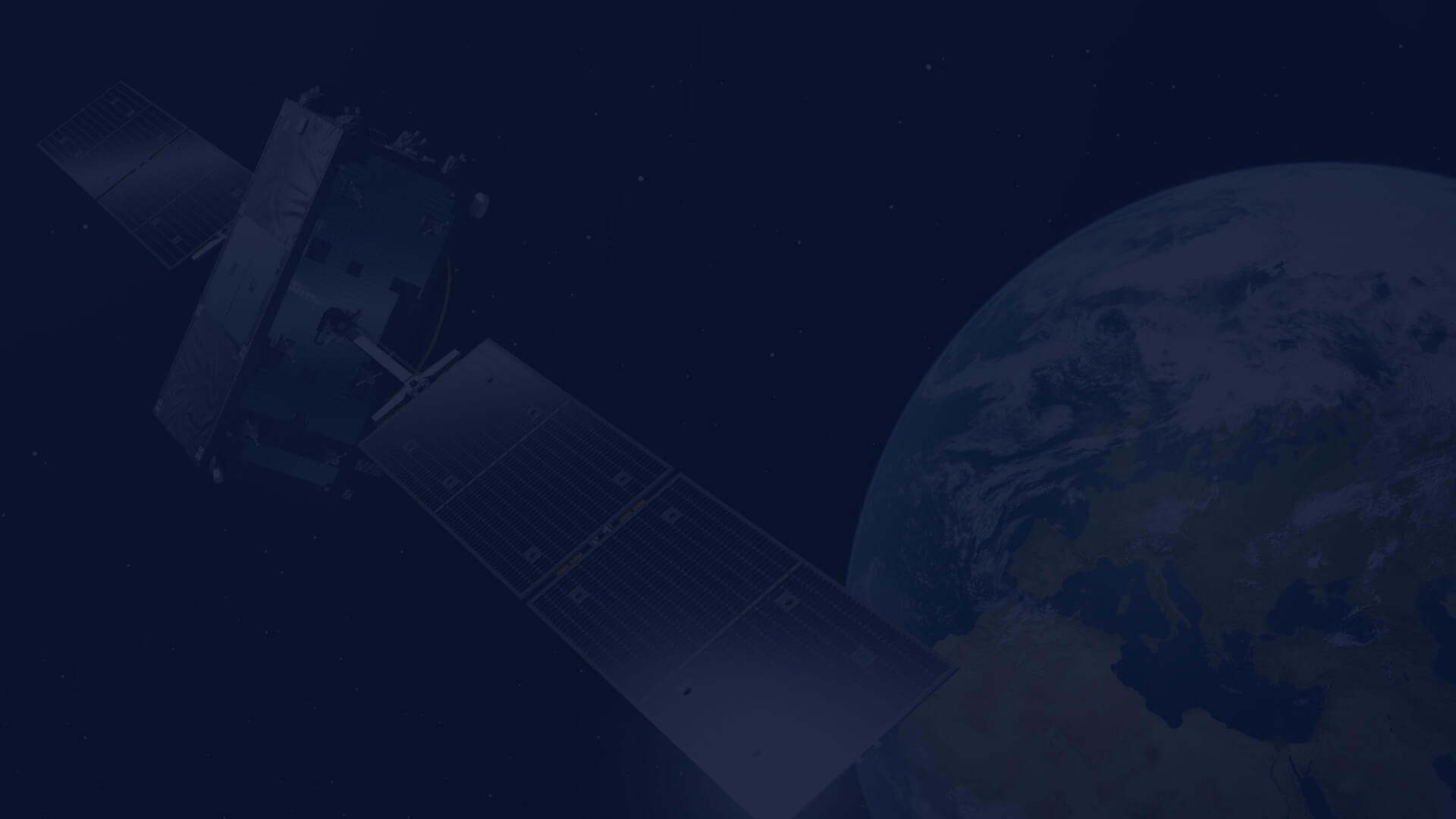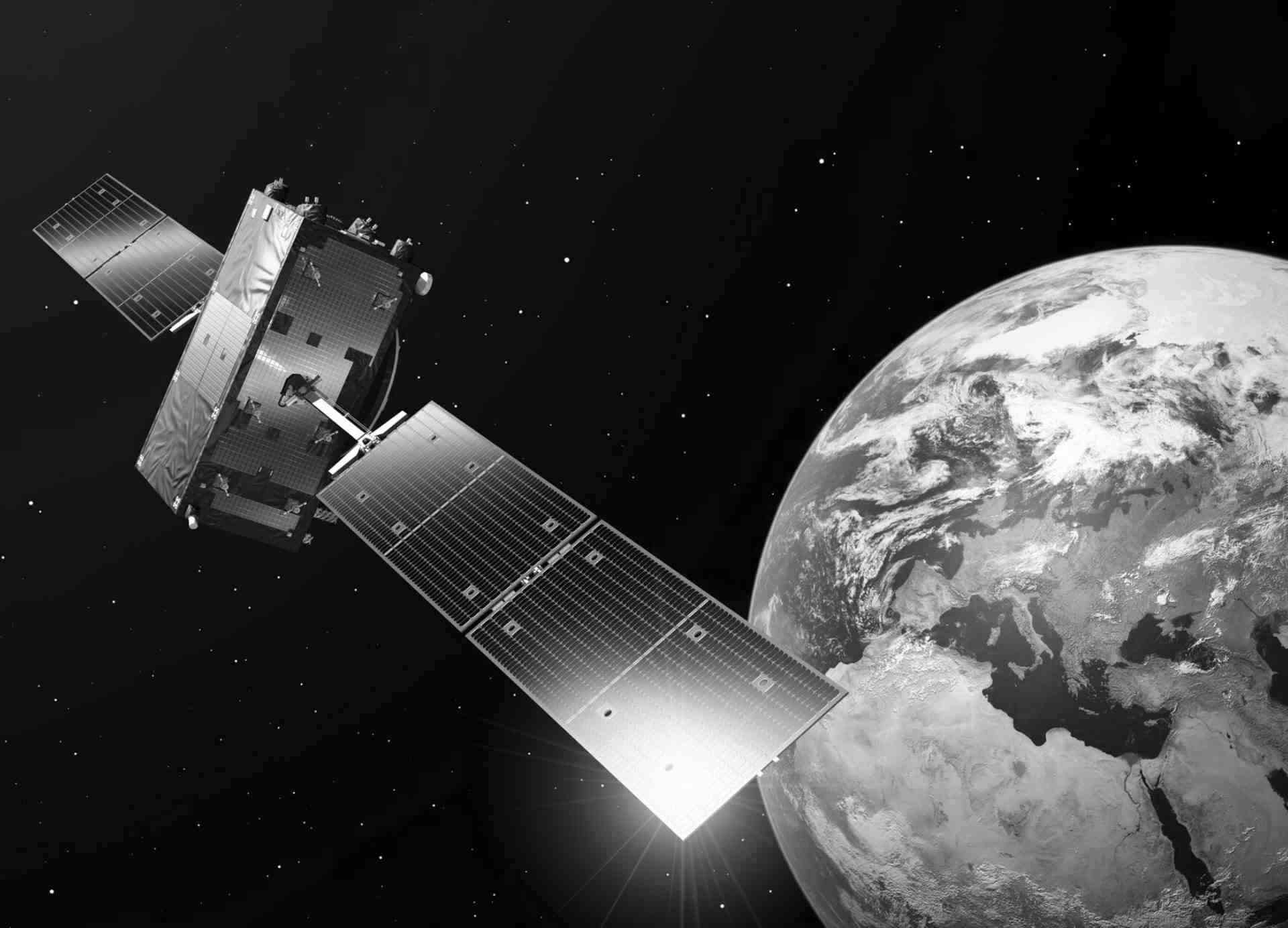Satellite remote sensing analysis of the forest
In order to talk about remote sensing analysis of the forest, we must first define what a forest is. We encounter the first problem here as the definition of the forest is not uniform. There are more than two hundred definitions of this word worldwide, which, of course, complicates the matter as the spatial scale of the analysis increases, and at the same time, it means that remote sensing data can sometimes be used in a limited way.
Satellite remote sensing data have long been used to analyze forest environments, and the most popular remote sensing system, Landsat, has recently celebrated its 50th anniversary. It is difficult to quantify the real number of applications of remote sensing data for forest environment monitoring and analysis. In the following text, some of the most important use cases of remote sensing data for forests will be presented.
Before doing so, however, it will be shown what distinguishes forests from other areas and what makes their analysis sometimes difficult and therefore requires continuous refinement and further development of satellite image analysis methods for forest areas.
The specificity of forests
From an analytical automation perspective, forests are not an easy area. This is due to several factors, the most important of which are:
· the vertical structure, which is often complex,
· the spatial variability,
· the change in the appearance of the forest during the year,
· the species composition and mix,
· and how the forest is managed or whether it is protected.
A vertical structure generally describes how much of the forest area is covered with vegetation in a vertical arrangement. In forest terminology, a vertical structure is usually described by the number of layers or stories. From a remote sensing perspective, forest stands with a single top stem appear to be the simplest and the results of the analysis are the closest to reality. However, when forests have more layers, it is difficult to analyze them on the one hand, and on the other hand, the spectral information from the lower layers can be mixed with the spectral information from the upper story. As a result, the outcomes of the analysis will be of lower quality.
A varying horizontal structure means that trees of different ages, i.e. different sizes, grow in the same area. The varying size of the trees causes difficulties in selecting the optimal image pixel size and affects the processing effect. In addition, young trees in the early stages of forests are grooving at some distance from each other, making it difficult to detect them at all, especially with lower-resolution remote sensing data.
The forest changes throughout the year. During the growing season, all layers of the forest are full of greenery, and in winter deciduous species lose their leaves, resulting in images that capture spectral information from their branches and trunks or the forest floor. During the growing season, at first, trees begin leaf development and/or flowering, followed by full foliage where the color changes from light green to dark green, and in autumn fruiting begins, and finally leaf discoloration before autumn.
Therefore, although nothing has changed in the characteristics of the forest, apart from a slight annual increase, the pictures capture a completely different object. Of course, this has its advantages and disadvantages because, if we have multitemporal data, we can, for example, use this aspect to better classify the species of an area.

Bialowieza Forest, Poland, May 2022. Copernicus Sentinel-2 data.

Bialowieza Forest, Poland, October 2021. Copernicus Sentinel-2 data.
Species composition has an impact on the effect of remote sensing data processing. Firstly, species composition varies from one area to another on Earth. Secondly, the same species may occupy different habitats depending on the stand in which it grows; and thirdly, trees may grow in different mixtures, e.g. such that in a stand dominated by one species there are large patches of another species, or individual species are numerous and mix uniformly in a small area.
Scale of analysis
Satellite data allows for different levels of detailed analysis and spatial coverage – from a small forest fragment to a global scale. This is possible thanks to the fact that satellite systems can capture a photograph of the Earth's surface practically every day, and height resolution data can even characterize a larger tree branch. This makes the technology extremely attractive, which is why remote sensing data has been widely used for forest analysis since its introduction. The potential of this data for analyzing whole countries or regions of the world has led many countries as well as international organizations to develop their satellite systems so that in addition to commercial systems, there are also completely free data that anyone can use.
Analysis of the forest area
As far as forests are concerned, remote sensing is primarily used for their ongoing monitoring and inventory. It is fair to say that without remote sensing we would not have accurate forest information for most of the continent, except perhaps for Europe. This is because virtually all of Europe has a long-established forestry administration that manages forests sustainably and has developed forest inventory methods based on ground-level plots and taxation for more than a hundred years.
However, remote sensing provides high frequency continuous, homogeneous, up-to-date, and often cheaper information compared to ground surveys. Moreover, satellite imagery is often available for places that are difficult to reach, inaccessible, or located in dangerous regions of the world. Therefore, forest administrations and environmental agencies around the world try to use remote sensing data extensively, although it also has some weaknesses (required know-how, high costs for infrastructure maintenance, or limitations in data acquisition).
To start monitoring or identifying selected forest features, their spatial extent must first be determined. This task is carried out using different remote sensing data and with different frequencies. This type of study results in the determination of the areas covered with trees, i.e. the determination of the actual land cover. The comparison of this result with the formal land use of the area helps to create an accurate map, but also to indicate e.g. areas of succession.
Satellite data is used to determine the size (volume) of the forest, i.e. the amount of biomass present in a given area. Determining the biomass per unit area makes it possible to estimate the potential amount of wood that can be harvested from a given area and, also to determine the amount of carbon in the ecosystem.
This information is most important for forest management and nature conservation. An example of such a global study is the maps produced as part of the ESA GlobBiomass project. In addition, satellite data from remote sensing are used to determine species composition, biodiversity, forest structure, and many other characteristics.
One of the most important functions of satellite data is their use in analysis of forest conditions related to the effects of biotic and abiotic factors on the forest. Some satellite constellations allow the daily acquisition of images of the entire Earth. This frequency of data delivery enables rapid and accurate identification of changes on the forest surface caused, for example, by insect outbreaks, wind, fires, floods, or sustained or predatory human activities.
Satellite imagery knows no boundaries and therefore makes it possible to map all the impacts of human activities, making it difficult to conceal such activities, even when they take place in the most remote areas of the planet. Therefore, satellite remote sensing plays an increasingly important role in international discussion and is a frequently used tool in political discourse

Forest fire, Croatia, July 2017. Copernicus Sentinel-2 data.
Today's analysis of the forest environment are primarily multitemporal analysis, i.e. analysis using several images of the same area taken at different times. Such analysis not only reflect the current state of the forest but also enable the study of change trends. This is important, for example, for monitoring European or global policies related to forests.
Multitemporal analysis in the case of forests also enable better results, e.g. in species classification, as the different development phases of the trees during the vegetation period allow better recognition of the individual tree species. Multitemporal analysis may require large computing power and huge datasets, depending on spatial and temporal coverage.
Lots of data is available already
Satellite data have been collected for more than 50 years. In the beginning, the number of systems and the frequency of image acquisition was small, today it is huge. There are different places from which current and archived data can be extracted for analysis.
The CREODIAS platform, for example, has more than 30 PB Copernicus EO data available free of charge and off-the-shelf. This platform and similar platforms allow for data to be processed in the cloud without the need for time-consuming downloads to local computers or arrays. Such a large amount of data enables historical analysis over more than 50 years, and therefore it can provide answers to a wide range of questions.

Forest after storm, Suszek, Poland. 23 August 2020. Copernicus Sentinel-2 data.
Forests are a global asset of the entire human population on which our future depends to a large extent. Since satellite-based data collection systems have been available to provide objective data, it has been possible to map and analyze the condition of forests worldwide, allowing for optimal management and conservation.
Author: dr hab. Krzysztof Stereńczak, prof. Forest Research Institute

